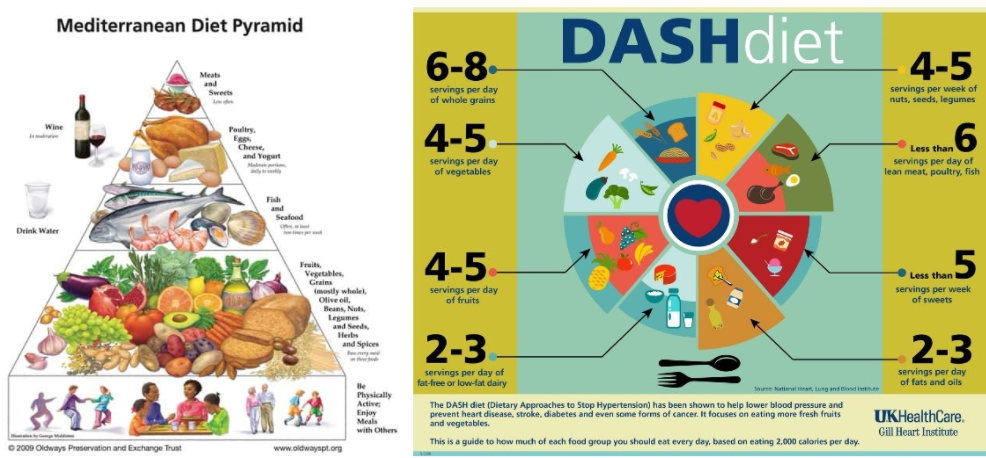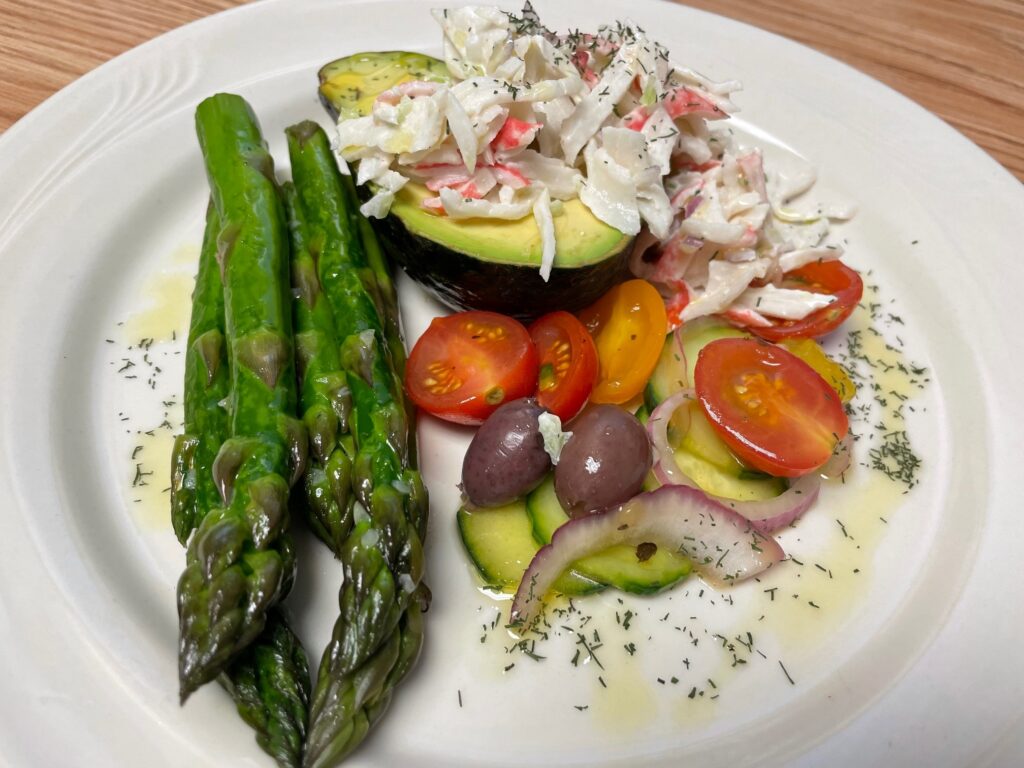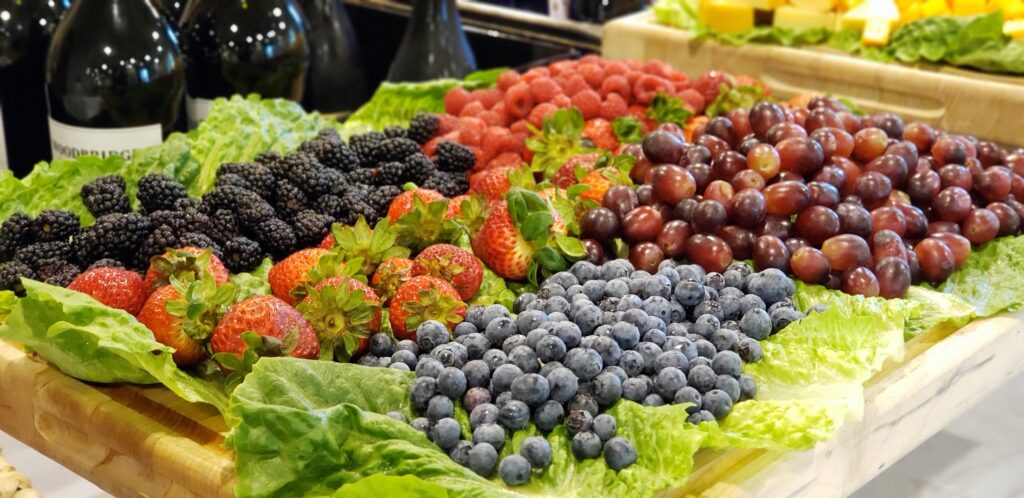
Keeping the MIND Diet Top of Mind in Senior Living Communities
By: Kelly Strobeck, Regional Clinical Dietitian
July is Culinary Arts Month – a fitting time to explore one of the most popular diets designed to improve brain function and slow the decline in brain health associated with aging: The MIND diet!
Our culinarians play a huge role in incorporating various foods into menus and special events – healthy, delicious meals that benefit the physical and mental health of residents in our communities. By incorporating the MIND diet into the foods we serve, our culinarians help promote healthy aging for our residents.
What is the Mind Diet?
MIND stands for:
Mediterranean-DASH
Intervention for
Neurodegenerative
Delay
The MIND diet aims to slow or reduce the decline in brain health that often occurs as people get older. It combines elements from two very popular diets – the Mediterranean Diet and the Dietary Approaches to Stop Hypertension (DASH) diet.
What are the DASH and Mediterranean Diets?
The DASH and Mediterranean diets are both healthy ways of eating but are not specifically geared towards brain health and helping to prevent a decline in function. Researchers who developed the MIND diet took components from both of these diets and tailored them to a more specific approach to brain health.

What to eat on the MIND Diet?
Currently, there are no set guidelines for how to follow the MIND diet. Simply eat more of the 10 foods the diet encourages you to eat, and eat less of the five foods the diet recommends you limit.
10 Foods the MIND diet encourages:

1. Green, leafy vegetables: At least once a day. Spinach, kale, swiss chard, collards, and more!
2. All other vegetables: At least once a day. This includes peppers, broccoli, carrots, and more.
3. Berries: At least twice a week. This includes blueberries, raspberries, blackberries, and more.

4. Nuts: At least 1 serving a day (1 ounce/serving).
5. Olive oil: Use olive oil as your main cooking oil.
6. Whole grains: Aim for at least three servings daily. Choose whole grains like oatmeal, quinoa, brown rice, whole-wheat pasta, and 100% whole-wheat bread.

7. Fish: Eat fish at least once a week. It is best to choose fatty fish like salmon, sardines, trout, tuna, and mackerel for their high amounts of omega-3 fatty acids.
8. Beans: Include beans in at least four meals every week. This includes all beans, lentils, and soybeans.
9. Poultry: Try to eat chicken or turkey at least twice a week. Note that fried chicken is not encouraged on the MIND diet.

10. Wine: Aim for no more than one glass daily. Both red and white wine may benefit the brain. However, much research has focused on the red wine compound resveratrol, which may help protect against Alzheimer’s disease.
5 Foods the MIND diet recommends to limit:
- Butter and margarine: Try to eat less than 1 tablespoon (about 14 grams) daily. Instead, try using olive oil as your primary cooking fat, and dipping your bread in olive oil with herbs.
- Cheese: Try to have no more than 1 serving per week!
- Red meat: Aim for no more than three servings each week. This includes all beef, pork, lamb, and products made from these meats.
- Fried food: Try to limit fried foods to once a week or none at all.
- Pastries and sweets: This includes most processed foods such as pastries, donuts, prepackaged cakes, and sweets. The MIND diet encourages people to consume less than 4 servings per week.

Overall, the MIND diet is more of a generalized approach to well-rounded eating than a strict “diet.” From stuffed fish florentine, mixed berry parfait, or hummus served with whole-grain chips – our culinarians incorporate the principles of this diet into our menu items every day.
